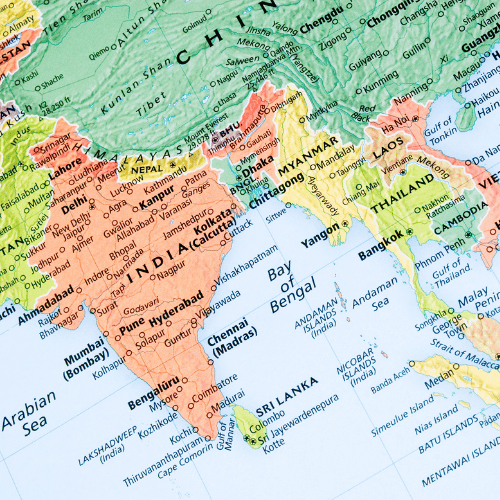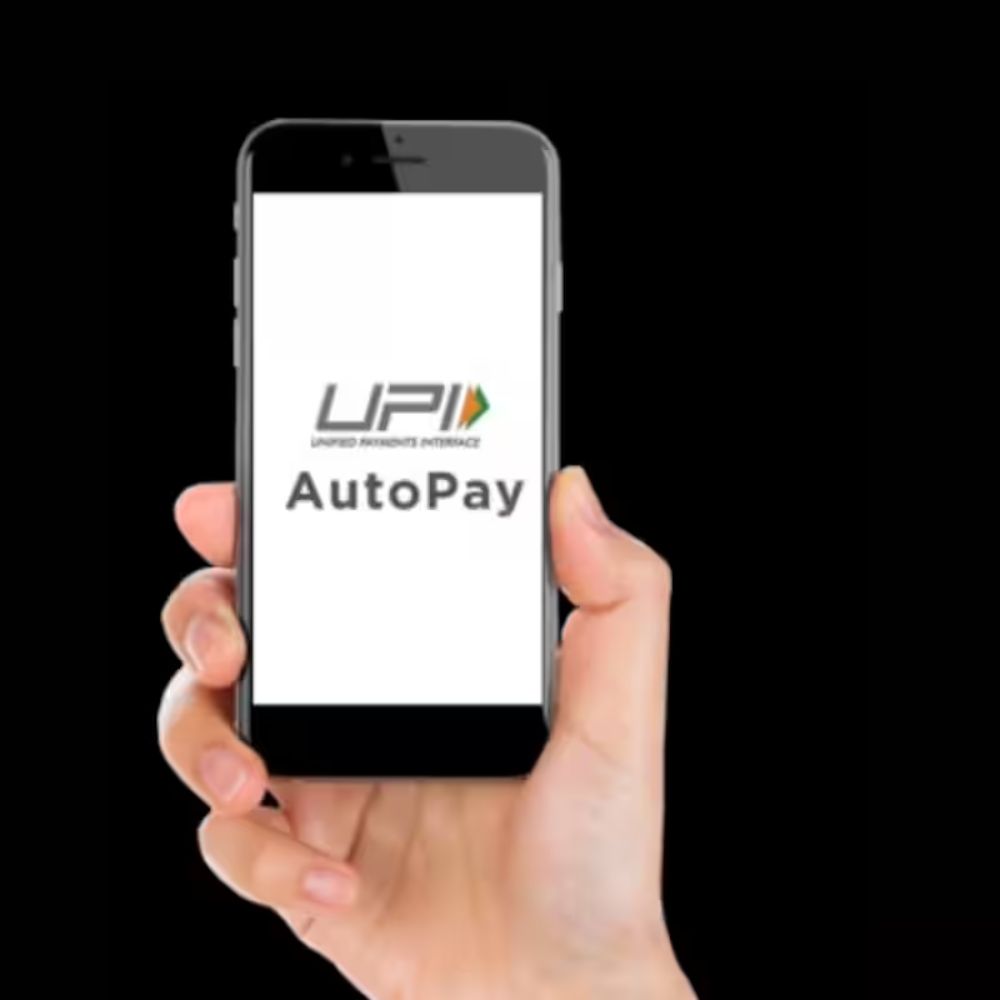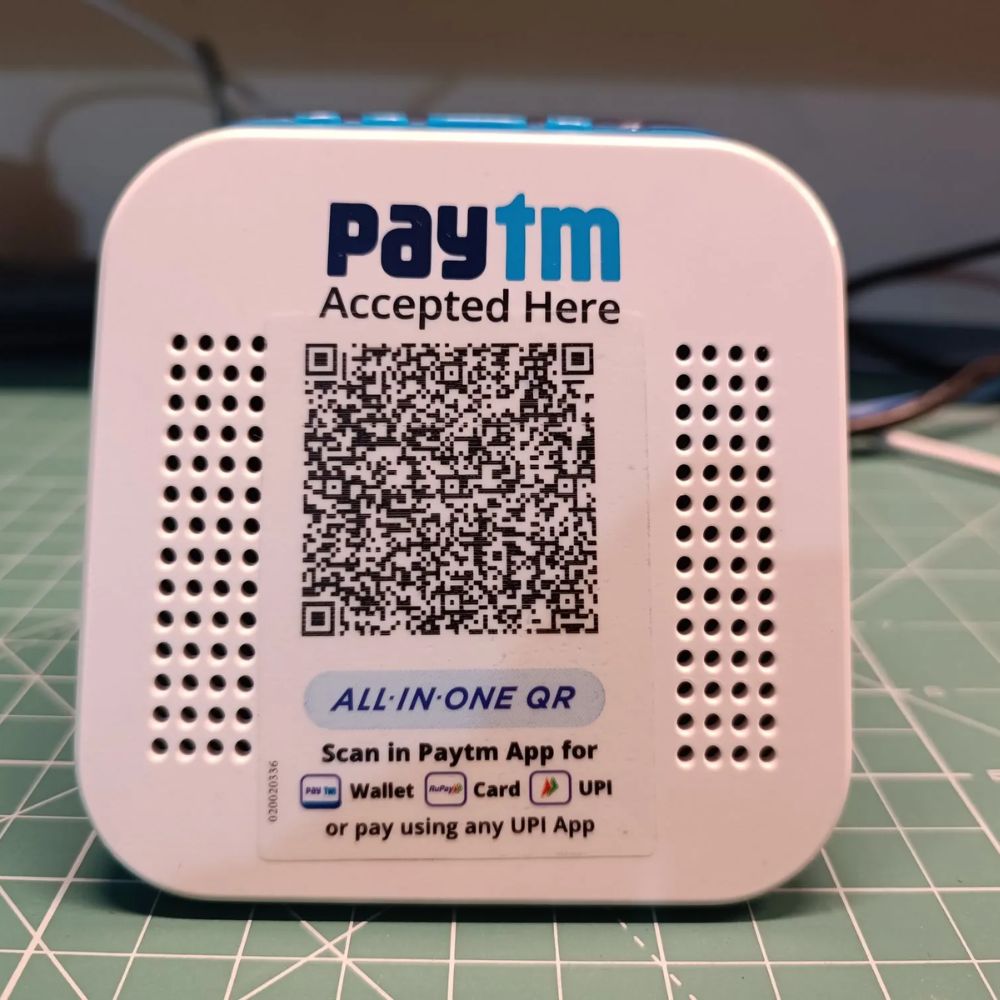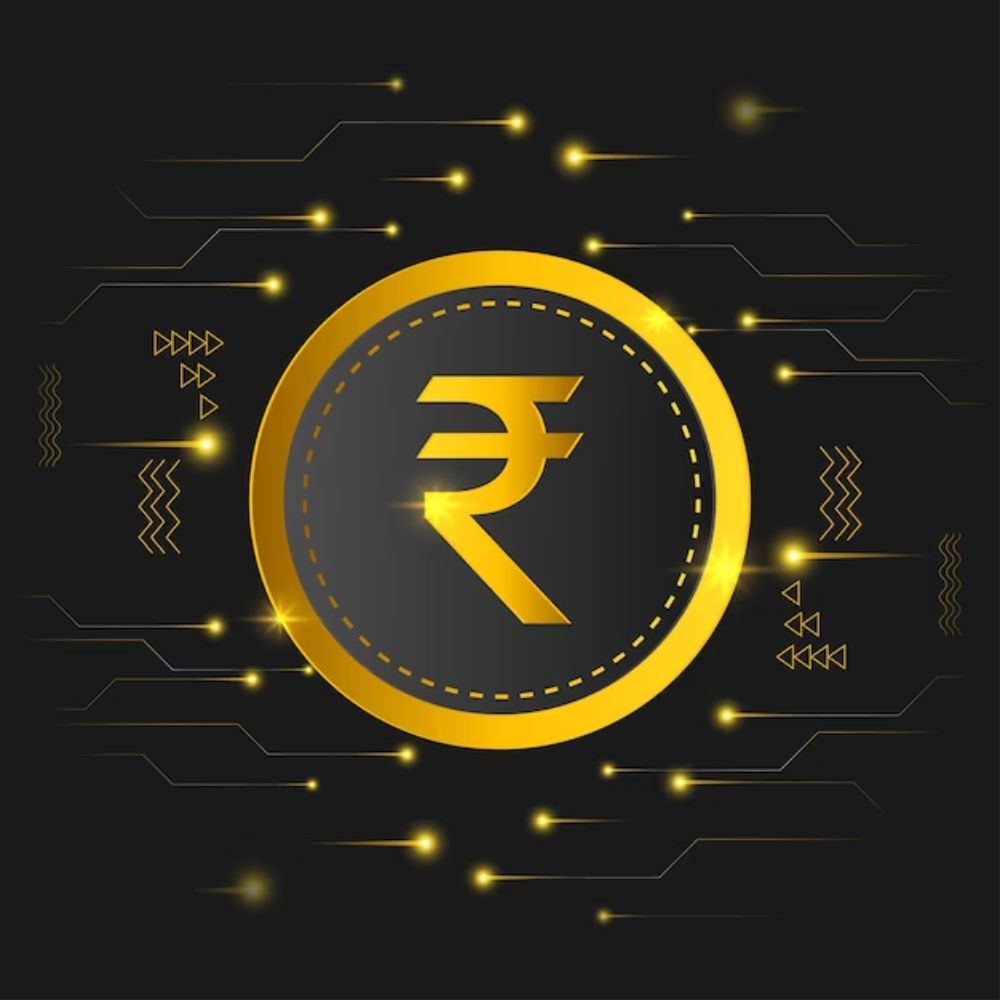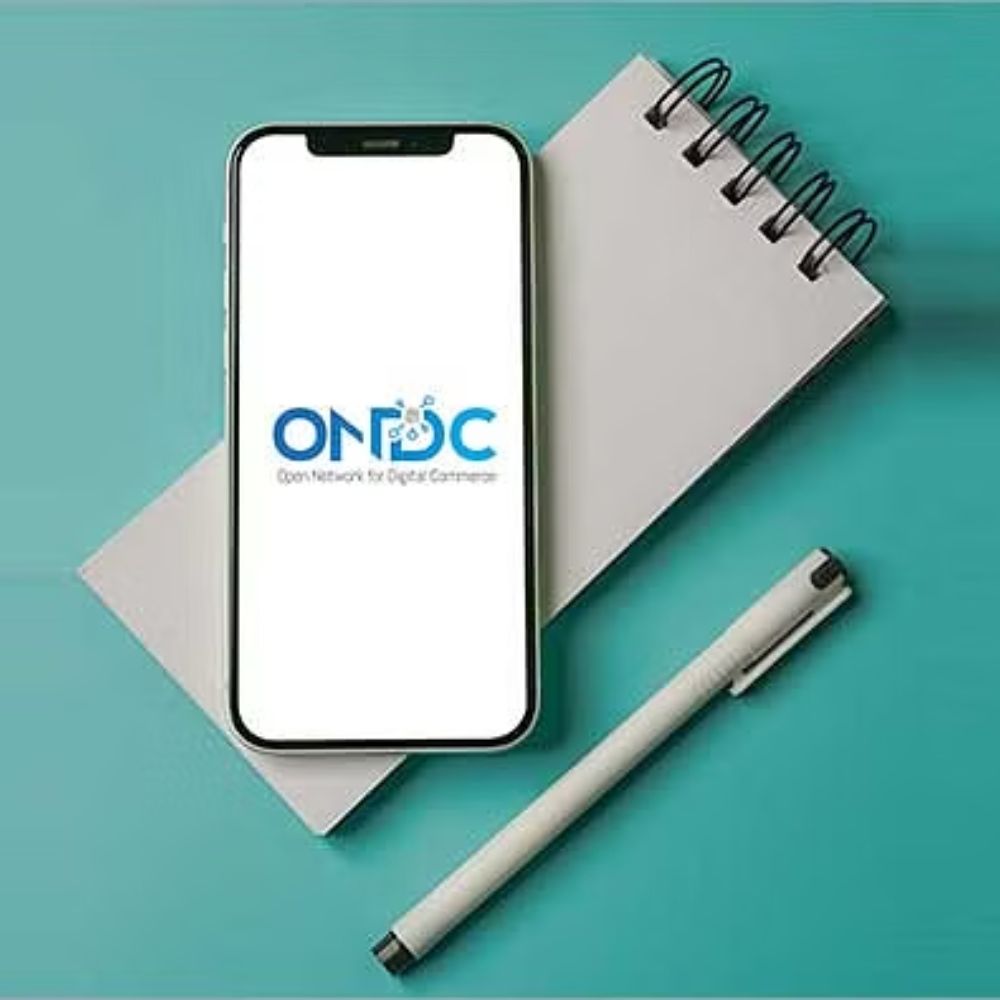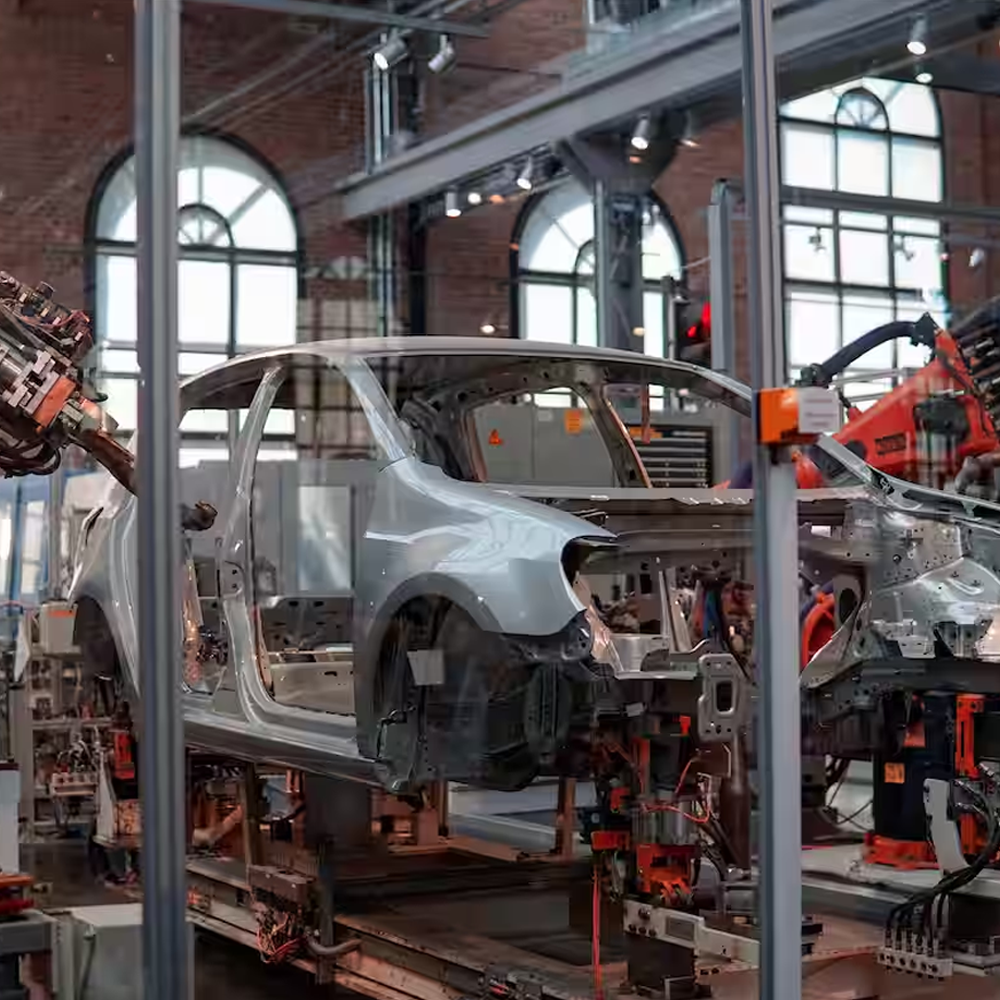The digital payment methods have enhanced the Indian economy at a large scale and brought a revolution.
According to a report by CLSA, The value of digital payments in India is all set to grow to reach the heights of $1 trillion by the year 2026 compared to the $300 billion in 2021. The report is precisely thanks to the Indian government for their innovative decision to increase financial access through combining bank accounts, Aadhar card, and cellphone connection.
A question may arise, What Exactly Is The Digital Payment And What Are The Best Way Of Digital Payments In India?
Digital Payment: To put it in a nutshell, the digital payment method is an innovative method where money gets transferred via online or digital modes, with no physical exchange of revenue embroiled. More precisely, the payer and payee both utilize the facilities provided by their electronic mediums to transfer money. The Indian government has been promoting and encouraging several ways of digital payment in the country. According to their ‘DIGITAL INDIA’ campaign, the government’s aim is to make an economy that is ‘Digitally empowered’ as well as ‘Faceless, Powerless, Cashless’.
Various Ways Of Digital Payment in India:
After the launch of the ‘Digital media’ campaign, there are precisely eight ways of digital payment accessible in India. Some are a decade old, while some are newly launched.
1. Banking Cards:
The first credit card was launched by Andhra Bank in 1981. Since then Indians have been using it widely as a substitute for the cash method. Cards are mostly preferred due to their portability, but not limited to it. With portability, there comes security and safety as well. Lately, many entrepreneurs are launching apps just to manage card transactions. One of them is the renowned application called Cred.
2. Unified Payments Interface (UPI):
A system that is highly preferred amongst the masses, allows its users to transfer money easily between two parties by gathering the bank accounts altogether in a single place. UPI (Unified Payments Interface) directly allows its users to pay money with just one click without them typing the bank or card details. Lately, it has become one of the most popular ways of digital payment in India. Some popular applications that use UPI are – Phonepe, Google pay, etc.
3. Mobile Wallets:
Keeping the name in mind, mobile wallets can carry cash in digital formats. Customers tend to link their bank accounts to their wallets or their cards to gain access to digital transactions. People can also use the wallets by adding money to them and transferring it afterward. Lately, some commonly used mobile wallets are Paytm, Freecharge, mRupee, etc.
4. Internet Banking:
Internet banking, most commonly known as eBanking, allows its users to initiate transactions and financial activities through their respective bank’s website; it requires nothing but a steady internet connection to proceed further. Lately, a humongous amount of Indian Banks have launched their internet banking facility. Some ways to initiate transactions through eBanking are, RTGS, IMPS, NEFT, etc.
5. PoS Terminals:
In simple words, it is a segment where a sale takes place. The most commonly used PoS machines are available in malls and stores where customers can create payments by swiping the card and inserting the accurate pin.
Although nowadays, its popularity has decreased due to the sheer popularity of other online applications. These are some of the commonly used ways of digital payments in India. Considering India’s growing proficiency in the technology field, it is safe to assume that a plethora of digital payment methods are yet to come and we could not be more eager.









